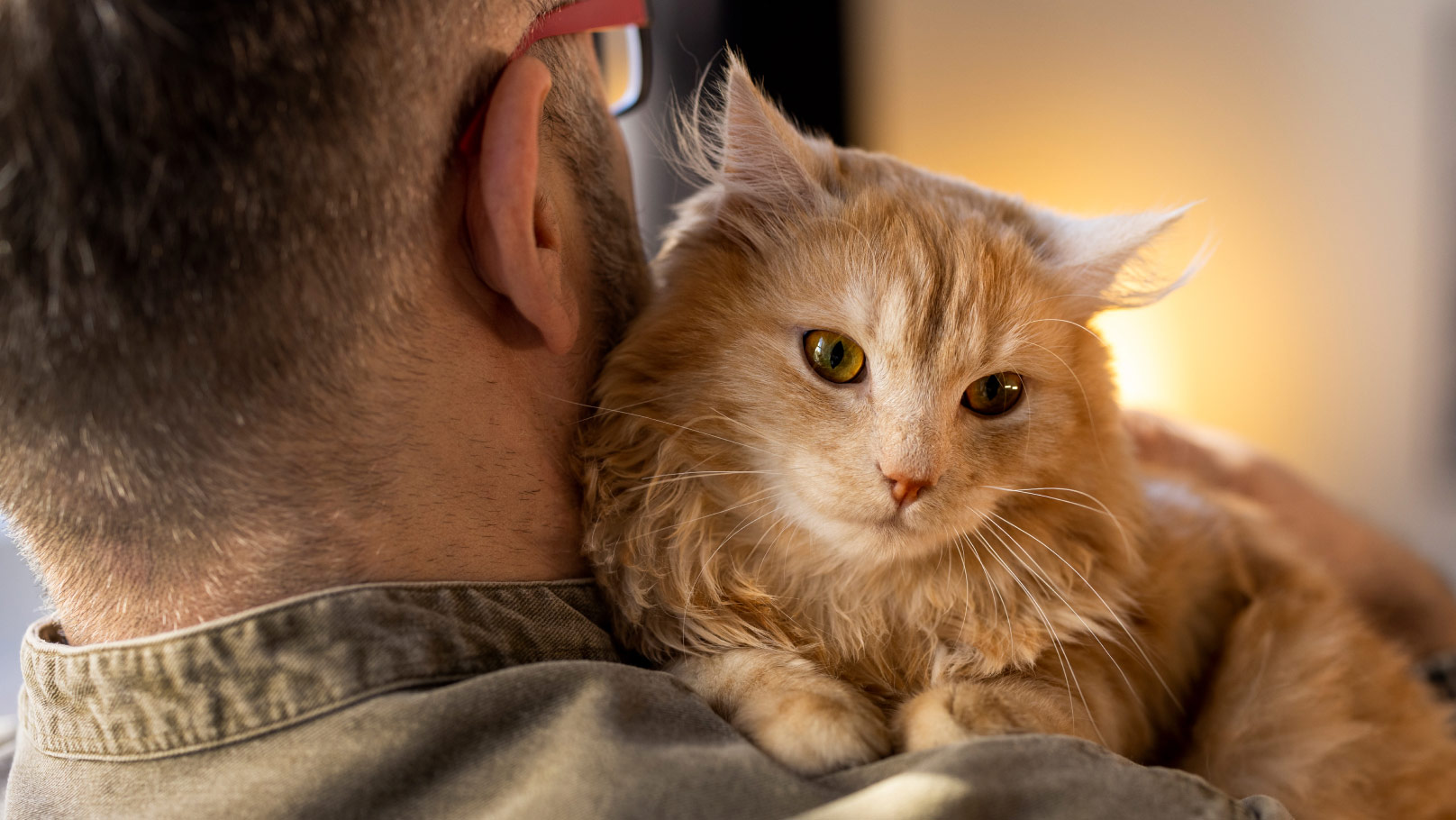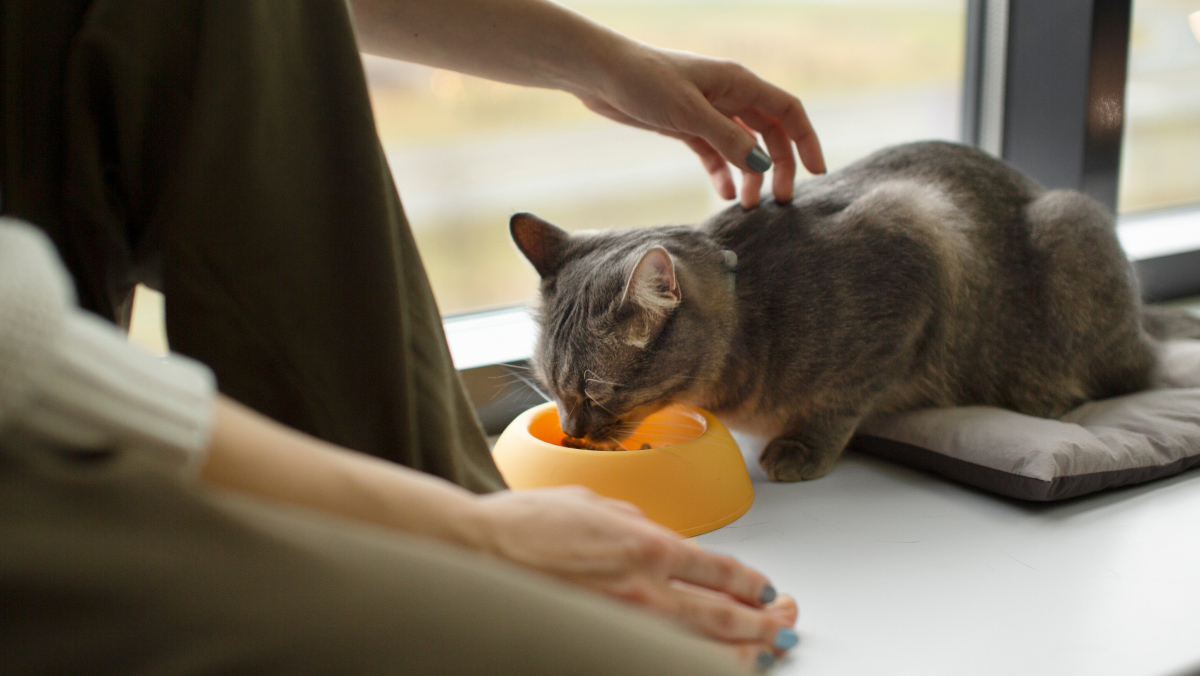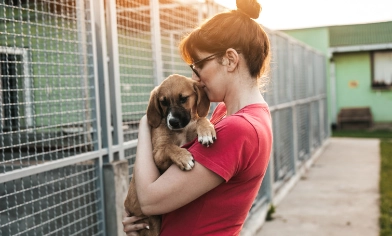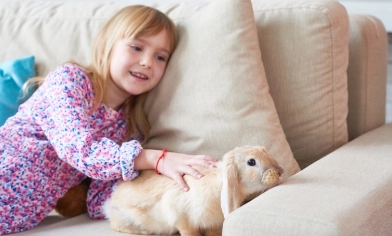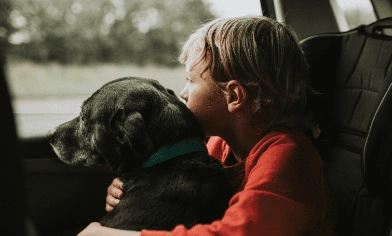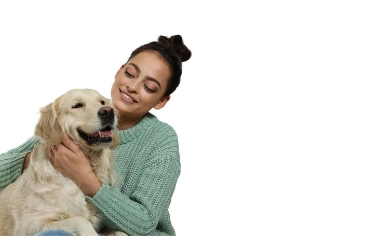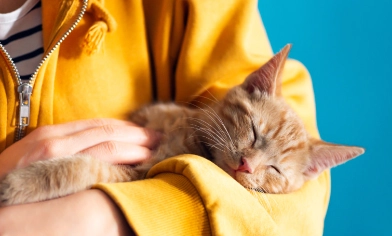Feed your feline right
Cats are naturally curious creatures. As well as sneaking into cardboard boxes, you've probably caught your feline friend sniffing around family meals or even pawing at leftovers in the kitchen. But it’s essential for cat owners to know what their pets can and can’t eat, as some human foods can be dangerous or toxic for them.
Cats have unique digestive systems which can’t handle the same variety of food as we eat. As practicing veterinary surgeon Anna Foreman puts it, “Just like humans, cats need a balanced mix of macronutrient to stay healthy. They require the right ratio of proteins, fats and vitamins to avoid metabolic issues like obesity. As obligate carnivores, cats rely on animal-derived proteins such as fish and poultry. In contrast, dogs and humans can process protein from various sources, including plant-based ones.”
She adds: “Malnutrition in cats can lead to serious health conditions, such as obesity, diabetes, arthritis and complications under anaesthesia. The ideal diet for a cat depends on its age, activity level and health status.”
To keep your furry friend safe, it’s always best to stick to a balanced diet designed specifically for cats. That way, you can make sure they’re getting all the nutrients they need so they can lead healthy and happy lives. To help, we've put together a list of safe and unsafe foods for cats in this guide.
